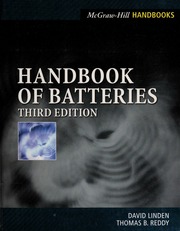Follow along with the video below to see how to install our site as a web app on your home screen.
Note: This feature may not be available in some browsers.
will the circuit attached work to charge the 4.8V li-ion batteries in series?
The circuit shows a constant-current charger, which with a low enough current setting can be used for NiCd or NiMH cells, with the batteries being removed after an appropriate time. That type of cell can stand a small current for very long periods, after reaching full charge.
Oops - correct...Doesn't it actually show a constant VOLTAGE charger

If you're wanting Li-Ion chargers, they MUST either use a customer Li-Ion charger IC, or a suitable micro-controller controlling the charging cycle. There's no simple safe way of charging Li-Ion.yeah i think also that this circuit will not work, the IC is LM317 voltage regulator. I think I should be looking for more into these battery charger circuits.
